North or South Vietnam: The Differences & Which One to Visit? (Ultimate Guide 2025)
Are you unsure whether to focus your Vietnam trip on the North or South? Or are you wondering how different these two regions really are from each other?
Vietnam is a country known for its interesting culture, beautiful scenery, and turbulent history. And the country is broadly divided into Northern and Southern regions, with each area having its own distinctive characteristics when it comes to climate, people, culture, food, landscapes, and attractions.
Understanding the key differences between Northern and Southern Vietnam can help you plan your itinerary and get the most out of your Vietnam tours.
This ultimate guide for 2024 is going to explore these regional distinctions and provide insights into which part of Vietnam might be the best fit for your travel prefe rences. Let's get to it!
 Why There Are Differences Between Northern and Southern Vietnam?
Why There Are Differences Between Northern and Southern Vietnam?
 North vs South Vietnam: Weather and Climate
North vs South Vietnam: Weather and Climate
 North vs South Vietnam: Vietnamese People and Language Differences
North vs South Vietnam: Vietnamese People and Language Differences
 North vs South Vietnam: Food and Cuisine Differences
North vs South Vietnam: Food and Cuisine Differences
 North vs South Vietnam: Landscapes and Scenery Differences
North vs South Vietnam: Landscapes and Scenery Differences
 The Must-Visit Tourist Destinations in Northern and Southern Vietnam
The Must-Visit Tourist Destinations in Northern and Southern Vietnam
 The Most Recommended Itinerary for Vietnam Southern and Northern Tour
The Most Recommended Itinerary for Vietnam Southern and Northern Tour
Why There Are Differences Between Northern and Southern Vietnam?
First thing first, why are there even differences between Northern and Southern Vietnam? Well, you need to know that the differences between Northern and Southern Vietnam are rooted in the country's historical, cultural, and geographical evolution.
Historically, the two regions were governed by different dynasties, which fostered unique developments in culture, language, and governance. During the 20th century, the Vietnam War further entrenched the divide, with North Vietnam under communist control and South Vietnam under a more Western-aligned regime. Even after the country was reunified in 1975, the legacy of these differences continued to shape the identity of the two regions.
Today, travelers can still feel the distinct vibes as they move from one region to the other, with each area offering a unique experience.
North vs South Vietnam: Weather and Climate
The climate in Vietnam varies significantly between the North and the South due to the country's elongated shape.
Northern Vietnam, including Hanoi and Ha Long Bay, experiences four distinct seasons. Winters, from December to February, can be chilly, with temperatures dropping to 10°C (50°F) or lower, especially in the mountainous areas. Summers, from May to August, are hot and humid, with temperatures often exceeding 30°C (86°F), accompanied by heavy rainfall.
In contrast, Southern Vietnam, which includes Ho Chi Minh City and the Mekong Delta, has a tropical climate with two main seasons—wet and dry. The dry season, from November to April, offers warm and pleasant weather, ideal for exploring the region. The wet season, from May to October, brings heavy rains, particularly in the afternoons, but the temperature remains consistently warm, hovering around 25°C to 35°C (77°F to 95°F).
It is essential to know the weather differences between different regions and when it is the best time to visit Vietnam when you plan your trip. Here is a table comparing the weather and climate in Northern and Southern Vietnam:
|
Aspect |
Northern Vietnam |
Southern Vietnam |
|
Season |
Four distinct seasons |
Two main seasons (wet and dry) |
|
Winter |
Cold, dry (December to February) |
Mild, dry (November to April) |
|
Summer |
Hot, humid (June to August) |
Hot, rainy (May to October) |
|
Best Time to Visit |
Spring (March to April), Autumn (September to November) |
Dry season (November to April) |
|
Rainfall |
Moderate |
Heavy during wet season |
North vs South Vietnam: Vietnamese People and Language Differences
The people of Northern and Southern Vietnam exhibit distinct cultural traits and linguistic differences.
In the North, the Vietnamese language is spoken with a different accent and dialect compared to the South. Northerners are often perceived as more traditional and reserved, reflecting the historical influence of Confucianism.
Southerners, on the other hand, are known for their openness and friendliness, traits that are partly attributed to the region's history of trade and interaction with various cultures.
Travelers might notice these differences, especially when moving between regions, but communication is rarely a problem as most people understand the standard dialect, and English is widely spoken in tourist areas.
Here are some of the key differences between Northern and Southern Vietnamese people and language:
|
Aspect |
Northern Vietnam |
Southern Vietnam |
|
Culture |
Traditional, conservative |
Modern, open |
|
Etiquette |
More formal |
More informal |
|
Religion |
Buddhism |
Buddhism and Christianity |
North vs South Vietnam: Food and Cuisine Differences
Vietnamese cuisine is renowned worldwide, but the culinary traditions vary significantly between Northern and Southern Vietnam.
Northern Vietnamese cuisine is characterized by its subtle flavors and use of fewer spices, focusing on the natural taste of ingredients. Dishes like Pho and Bun Cha are staples in the North.
Southern Vietnamese cuisine, on the other hand, is known for its bold and vibrant flavors, with a liberal use of herbs, spices, and coconut milk. Popular southern dishes include Banh Xeo and Hu Tieu.
Exploring these regional culinary differences offers a delicious journey through Vietnam's diverse food landscape. Here are some of the key differences between Northern and Southern Vietnamese food and cuisine:
|
Aspect |
Northern Vietnam |
Southern Vietnam |
|
Flavor Profile |
Subtle, less spicy |
Bold, spicy, and sweet |
|
Common Ingredients |
Soy sauce, black pepper, dill |
Coconut milk, garlic, chili, fish sauce |
|
Popular Dishes |
Pho, Bun Cha, Banh Cuon |
Banh Xeo, Hu Tieu, Goi Cuon |
|
Cooking Techniques |
Stir-frying, steaming |
Grilling, simmering |
|
Influence |
Chinese |
Khmer, Indian, French |
North vs South Vietnam: Landscapes and Scenery Differences
The landscapes and scenery of Northern and Southern Vietnam are as diverse as their cultures.
Northern Vietnam is home to majestic mountains, terraced rice fields, and the iconic Ha Long Bay with its emerald waters and limestone islands. The North's natural beauty is perfect for trekking, exploring ethnic minority villages, and enjoying serene landscapes.
In contrast, Southern Vietnam boasts lush Mekong Delta waterways, tropical beaches, and vibrant cities like Ho Chi Minh City. The South's scenery is ideal for river cruises, beach holidays, and urban adventures.
Each region offers unique and beautiful vistas that cater to different travel preferences. Here are some of the key differences between Northern and Southern Vietnamese landscapes and scenery:
|
Aspect |
Northern Vietnam |
Southern Vietnam |
|
Landscape |
More mountainous |
More flat |
|
Scenery |
Rice paddies, mountains, lakes |
Beaches, swamps, Mekong Delta |
The Must-Visit Tourist Destinations in Northern and Southern Vietnam
In Northern Vietnam, Hanoi, the capital city, is a must-visit for its rich history, colonial architecture, and lively street life. The nearby Ha Long Bay, with its thousands of limestone islands, is a UNESCO World Heritage site and one of the most photographed locations in the country. Sapa, located in the northern mountains, is famous for one of the best trekking routes in Vietnam and the chance to meet ethnic minority communities.
In contrast, Southern Vietnam's top destinations include Ho Chi Minh City, formerly known as Saigon, which is the country's largest city and a hub of commerce and culture. The Mekong Delta offers a unique experience with its floating markets, traditional villages, and scenic Mekong delta Cruises. The coastal city of Nha Trang is known for its beautiful beaches, luxury resorts, and excellent diving spots, while the island of Phu Quoc is a paradise for beach lovers, offering stunning sunsets and unspoiled nature.
 Vietnam mountains
Vietnam mountains
The Most Recommended Itinerary for Vietnam Southern and Northern Tour
One of the most popular ways to experience the best of Northern and Southern Vietnam is through a 14 day guided group tour.
The tour begins in Hanoi, where you'll spend two nights exploring the city's historic sites and bustling markets. Next, you'll venture to Sapa for two nights, where the iconic terraced rice fields and a thrilling cable car ride provide breathtaking views of the surrounding mountains.
After Sapa, the itinerary includes a leisurely cruise on the picturesque Halong Bay, allowing you to unwind amidst its emerald waters and towering limestone islands. From there, the journey continues to Hue, the ancient capital, for two nights of historical exploration, followed by a visit to the charming town of Hoi An.
As you move south, the tour takes you to Saigon (Ho Chi Minh City) for two nights, where you'll delve into the city's vibrant atmosphere and uncover the history of the Chu Chi Tunnels.
A Mekong Delta tour is also included, with a night in Can Tho to experience the unique floating markets and river life. The journey concludes with two nights of relaxation on the sun-kissed beaches of Phu Quoc, a perfect way to end this unforgettable tour.
With a private guide and driver, this escorted tour ensures a seamless and enriching experience, making it the ideal way to discover the very best of Vietnam from North to South.
Conclusion
In conclusion, whether you choose to explore the historical richness and wonderful landscapes of Northern Vietnam or the awesome culture and tropical allure of the South, your journey through this diverse country is sure to be unforgettable. Planning a trip to Vietnam can be overwhelming. But worry not— we’re here to help you create the perfect itinerary tailored to your interests. With expert guidance and personalized service, we ensure your Vietnam adventure is as seamless and enriching as possible. Contact us today, and let us help you discover the wonders of this beautiful country, making your travel dreams a reality!
More Related Vietnam Travel Tour Advice
Most Popular Vietnam Tour Packages
-
 14 Days Vietnam Discovery Tour from North to South
14 Days Vietnam Discovery Tour from North to SouthHanoi - Sapa - Hanoi - Halong Bay Cruise - Hoi An - Saigon - Vinh Long - Can Tho - Saigon
With this 14 days tour, you will get a chance to discover more of Vietnam's splendid culture, beautiful scenery, charming ...
-
 14 Days Highlights of Vietnam from North to South
14 Days Highlights of Vietnam from North to SouthHanoi – Sapa - Halong Bay – Hue – Hoi An – Saigon – Can Tho – Phu Quoc
Find the very best of Vietnam from North to South. From the vibrant streets of Hanoi to the terraced beauty of Sapa and Halon ...
-

 7 Days Northern Vietnam Historical & Natural Tour Package
7 Days Northern Vietnam Historical & Natural Tour PackageHanoi – Sapa - Halong Bay - Ninh Binh - Hanoi
Start in Hanoi, a city rich in history and culture. Explore the beautiful Sapa rice fields, the peaceful countryside of Ninh ...
-
 12 Days Essential Vietnam Tour
12 Days Essential Vietnam TourHanoi - Sapa - Hanoi - Halong Bay Cruise - Hanoi - Hoi An - Saigon
From Hanoi to Ho Chi Minh City plus Mekong Delta, Halong Bay and Sapa, this 12-day tour covers all the essential attractions ...
Ask Us A Question For Free

.gif)











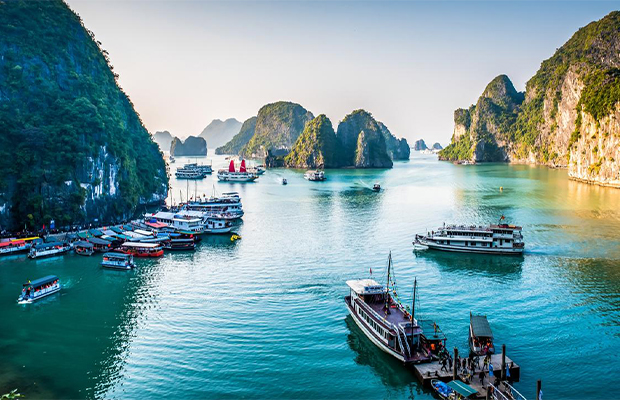
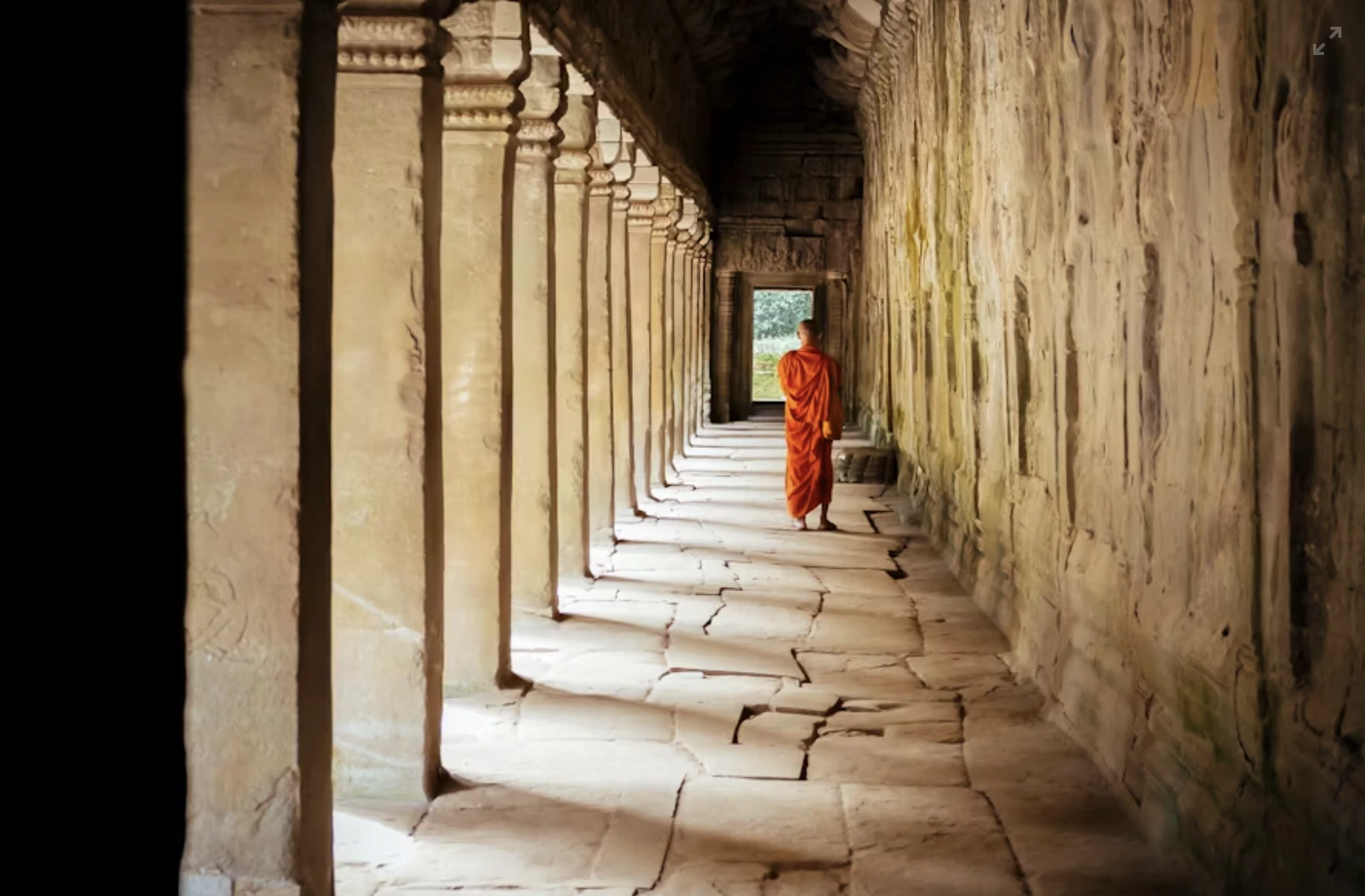
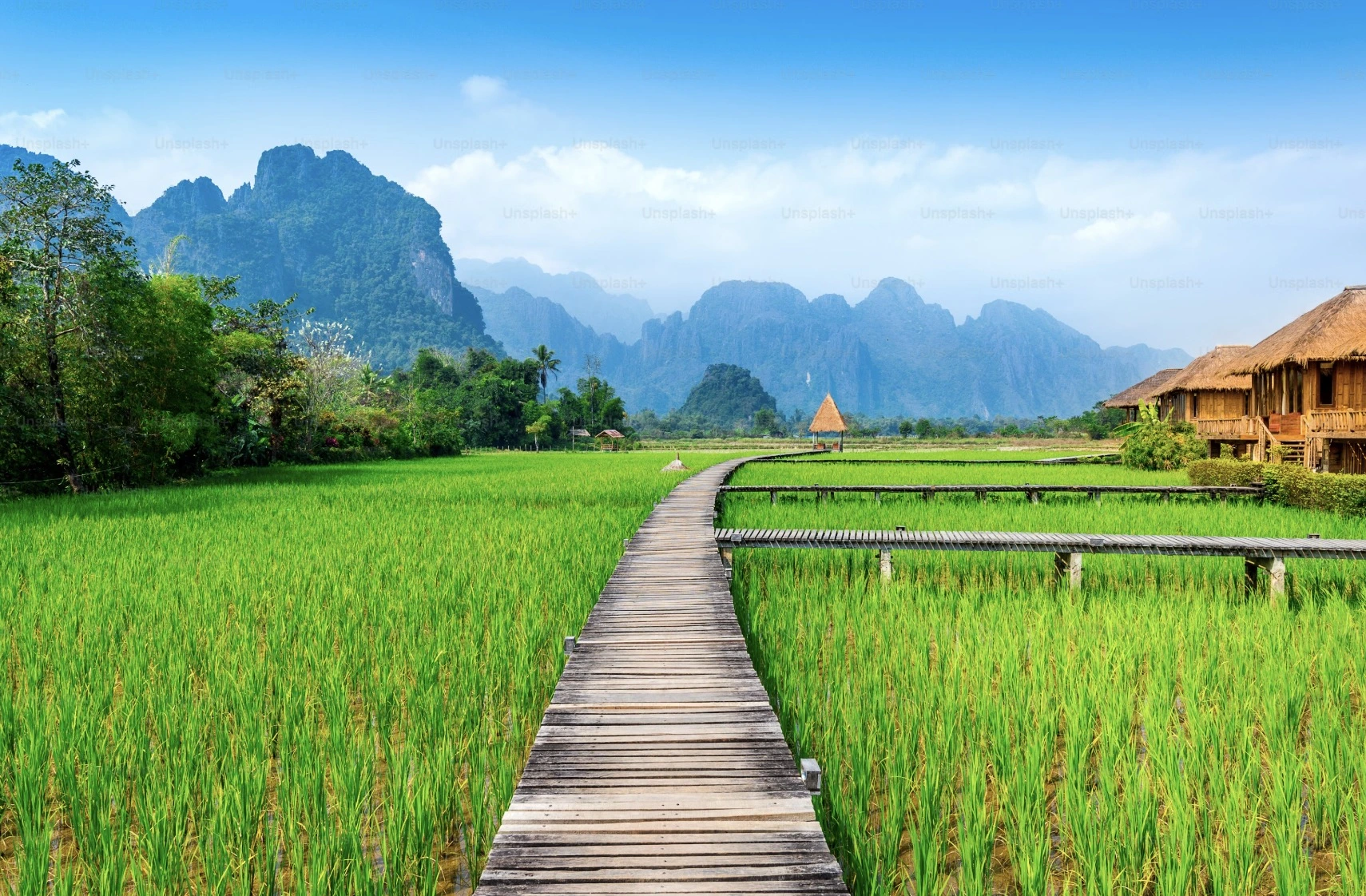
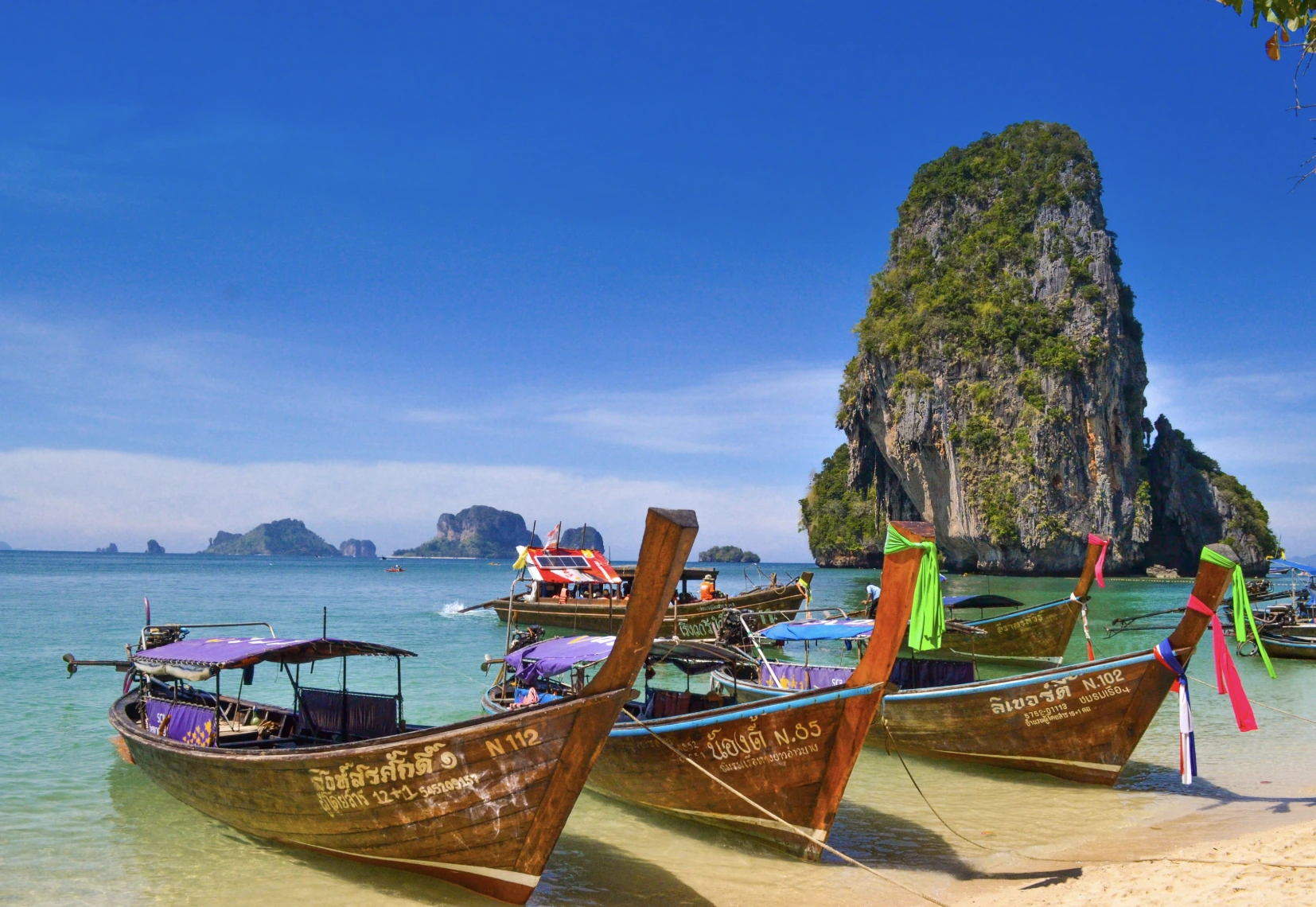
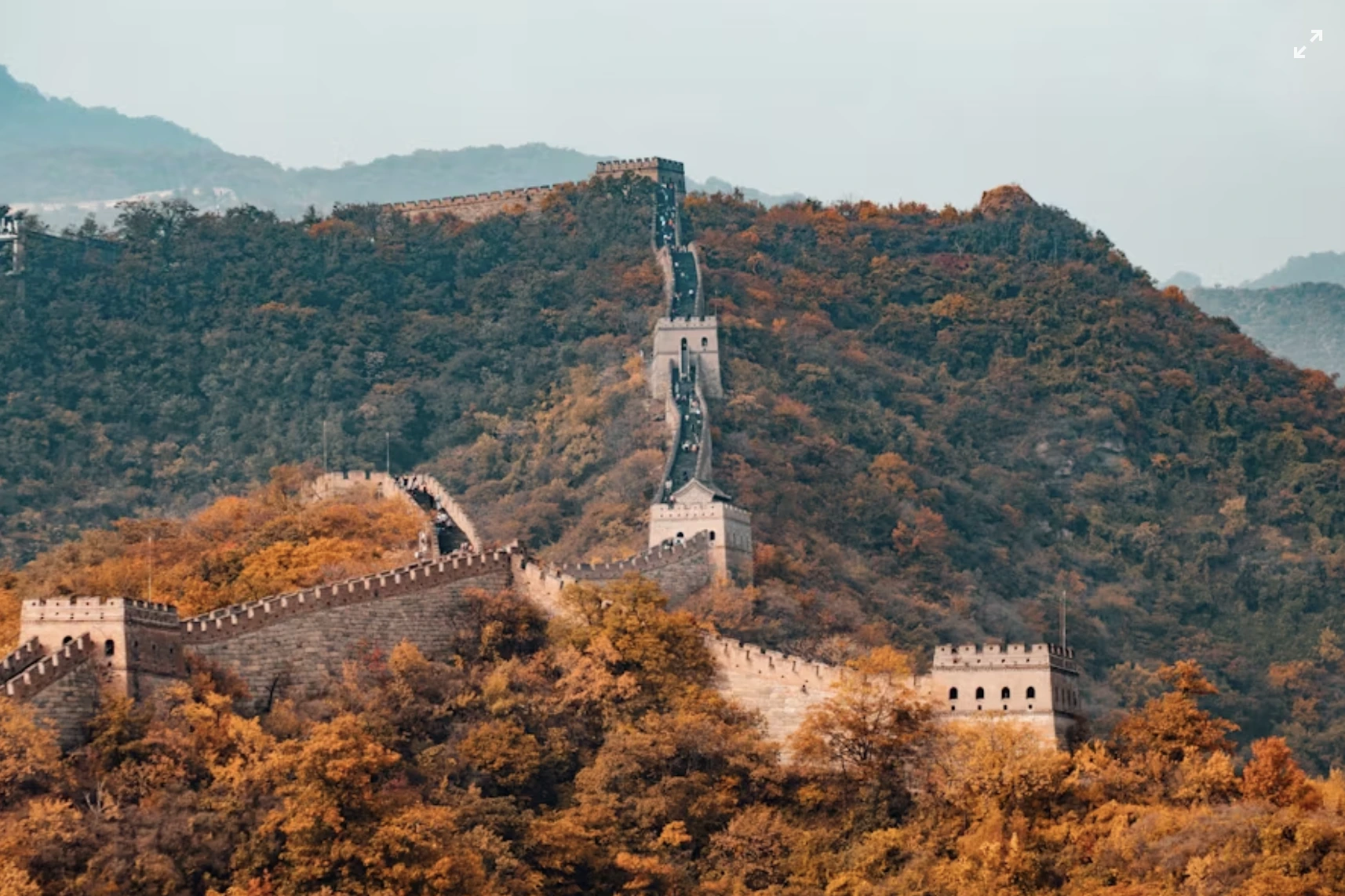


















.jpg)

